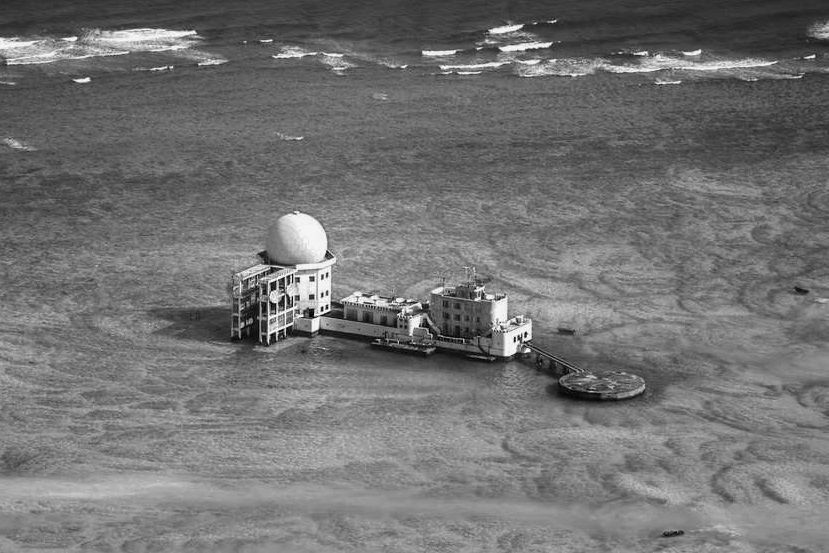You are not logged in.
Dear visitor, welcome to WesWorld. If this is your first visit here, please read the Help. It explains in detail how this page works. To use all features of this page, you should consider registering. Please use the registration form, to register here or read more information about the registration process. If you are already registered, please login here.
IC...
"The Republic of France and the Russian Federation are dismayed by the South African government's actions serving as a false-flag buyer in order to evade the express wishes of the Philippine sellers. As a result, both countries intend to blacklist the South African Empire for any future sales of military hardware for a period of five years, whereupon the policy will be re-evaluated."
OOC...
Totally saw that one coming, no surprise whatsoever.
Quoted
Bruce is right, i'm also still waiting that Stephan is coming back to the sim. He only send me the SS2-file for the original vessel (seaplane carrier) and wanted to send me the file for the carrier version. This was the last thing i heard/read from him.

Quoted
Stefan has a bit of a hard-to-read report.
Quoted
At first sight it really looks like the tonnage was too small, because you didn't found the complete needed tonnage only the used tonnage for this quarter.
Quoted
1x CVL43B-class light fleet carrier (23 month á 608ts material required per unit)
Quoted
1x Lagonoy-class escort carrier (8 month and 397ts of material required)
Quoted
"The Republic of France and the Russian Federation are dismayed by the South African government's actions serving as a false-flag buyer in order to evade the express wishes of the Philippine sellers. As a result, both countries intend to blacklist the South African Empire for any future sales of military hardware for a period of five years, whereupon the policy will be re-evaluated."




Forum Software: Burning Board® Lite 2.1.2 pl 1, developed by WoltLab® GmbH
